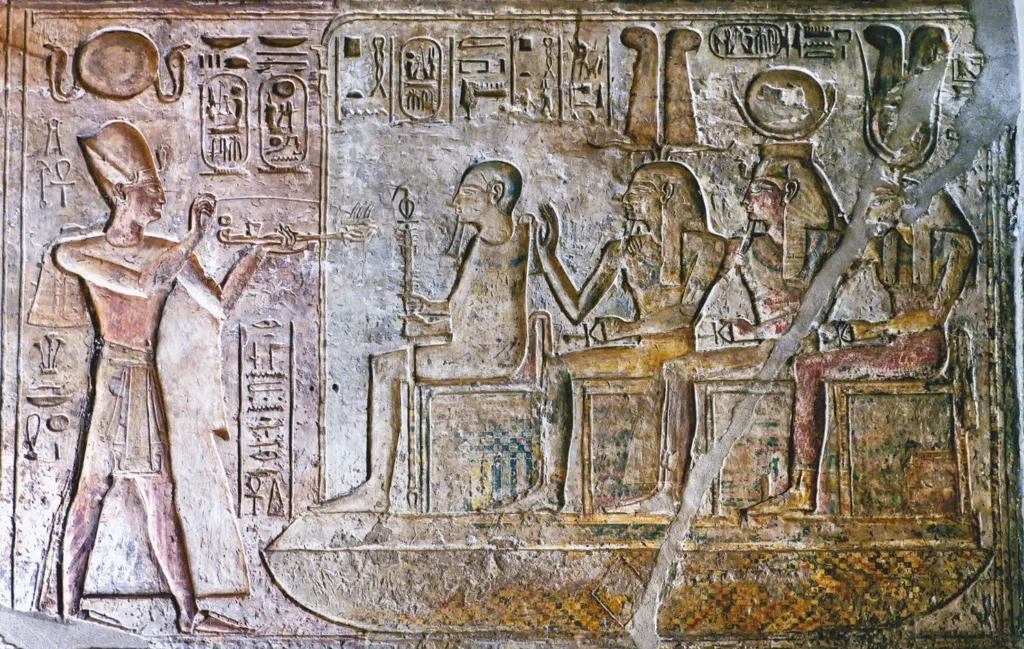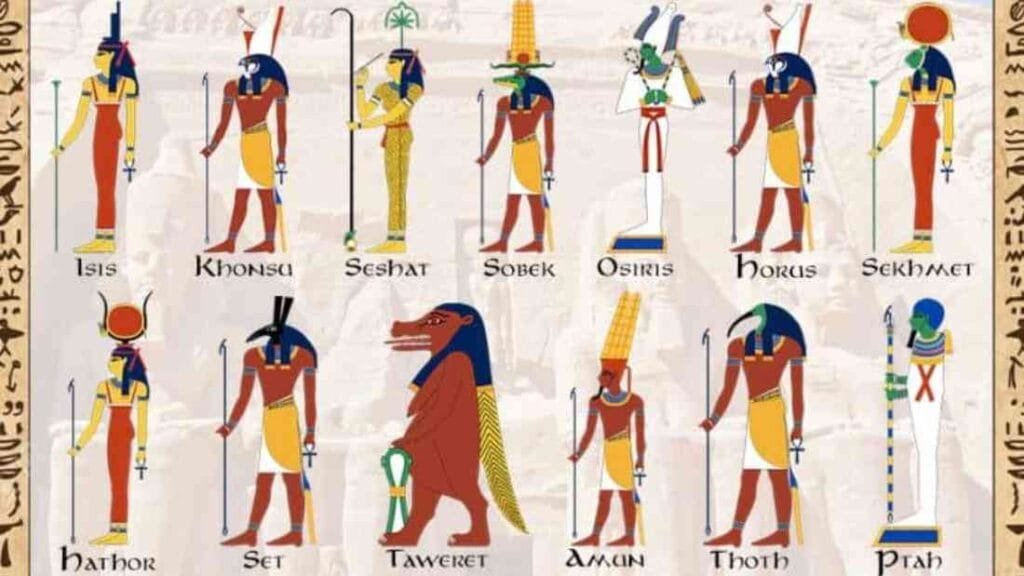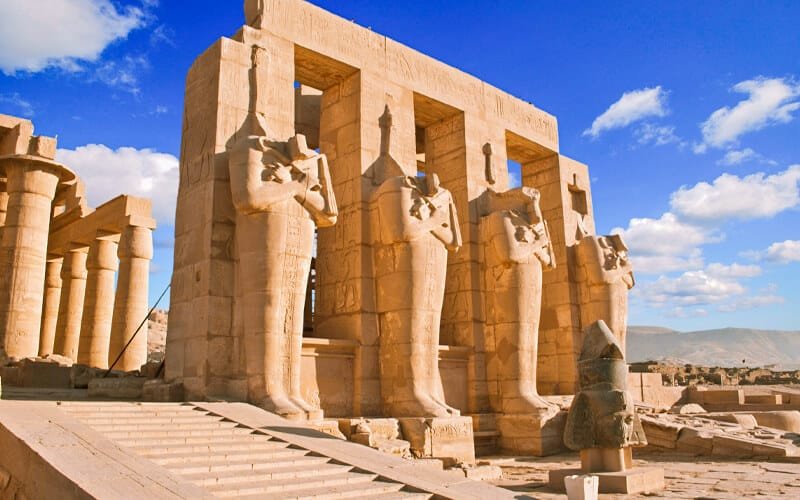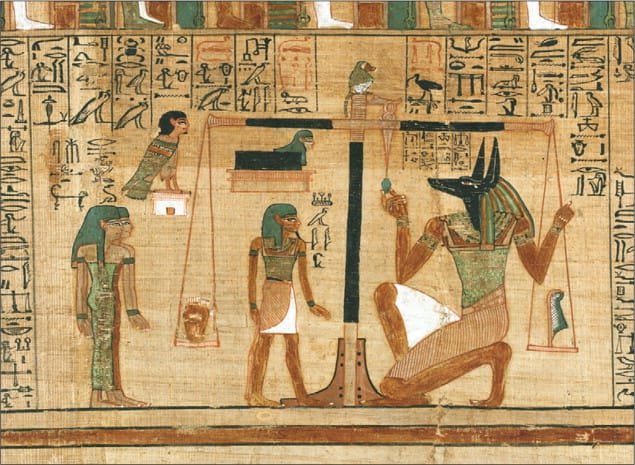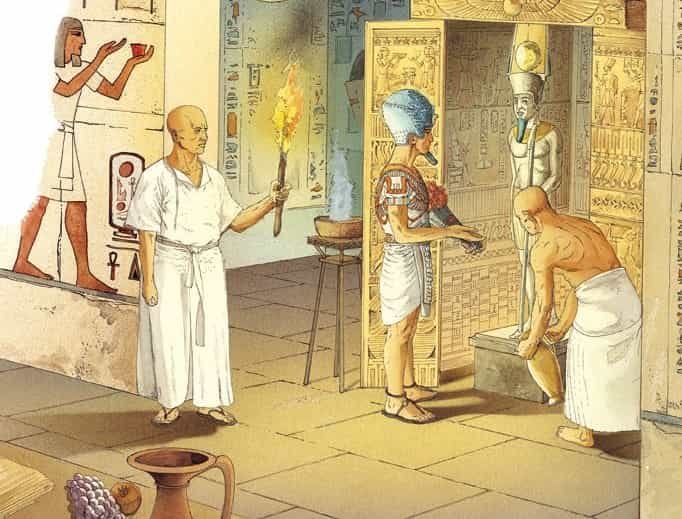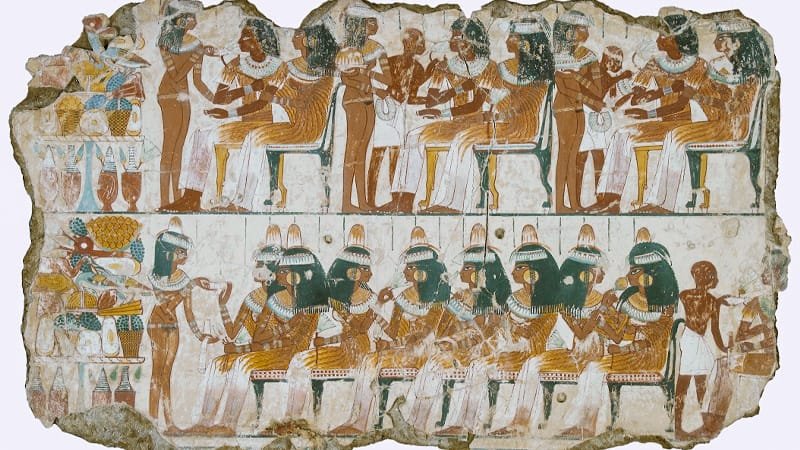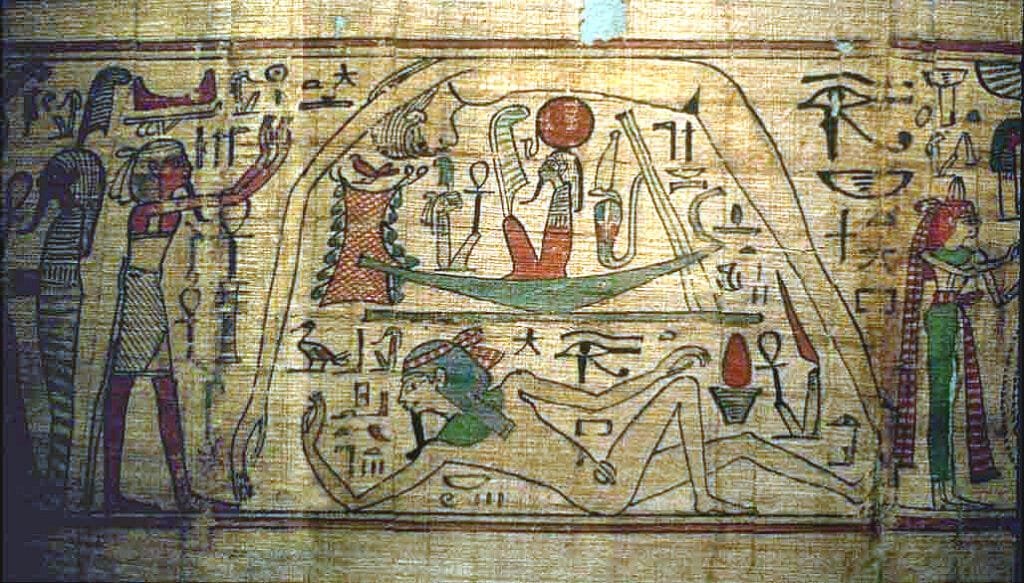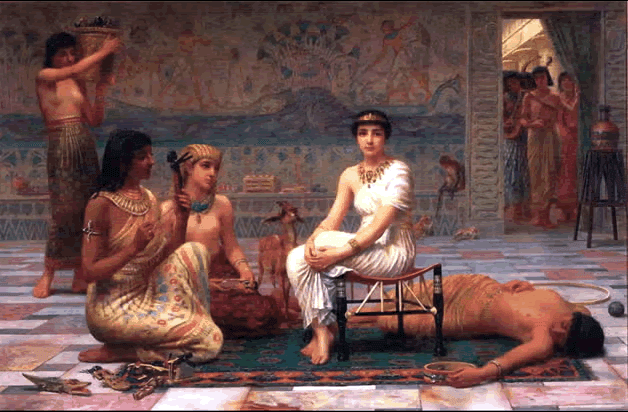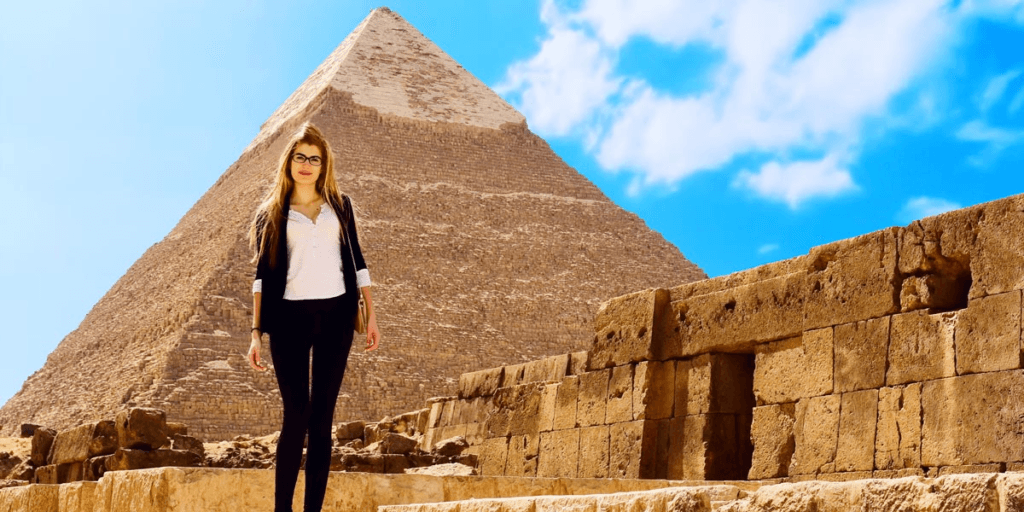Ancient Egypt is a land filled with awe-inspiring monuments, colossal temples, and intricate hieroglyphics that speak volumes about the civilization’s religious beliefs. The religion of the ancient Egyptians was deeply intertwined with their daily life, culture, and governance, with the Pharaohs serving as the divine link between the gods and the people. For those visiting Egypt, understanding the Pharaohs’ relationship with their gods provides valuable insight into the country’s historical and cultural context.
- Egypt Tour Magic
- Egypt Tour Packages
- Excursions in Egypt
- Cairo Tours and Excursions
- Hurghada Tours and Excursions
- Soma Bay Tours and Excursions
- Makadi Bay Tours and Excursions
- Sahl Hasheesh Tours and Excursions
- El Gouna Tours and Excursions
- Marsa Alam Tours and Excursions
- Port Ghalib Tours and Excursions
- El Quseir Tours and Excursions
- Dendera and Abydos Day Tours
- Aswan Tours and Excursions
- Luxor Tours and Excursions
- Alexandria Tours and Excursions
- Sharm El Sheikh Tours and Excursions
- Top Rated Tours in 2025
- Optional Excursions in Egypt
- Private Transfer
- Blogs About egypt
- Ancient Egypt
- What You Need To know Before Your First Trip To Egypt
- Best Places to Visit in Egypt 2025
- Top Attractions in Red Sea Resorts 2025
- Top 10 Tourist Activities in Egypt
- Top 30 Activities You Can’t Miss in Egypt
- The Guide to Guided Tours in Egypt
- Egypt’s Ancient and Modern History
- The Nile River
- The Deserts of Egypt
- Historical Sites in Egypt
- Cairo
- Alexandria
- Luxor
- Aswan
- The Red Sea
- Dendera Temple
- El Fayoum Oasis
- Bahariya Oasis
- Siwa Oasis
- Al Alamein
- Marsa Matruh
- Ancient Egyptian gods
- famous Egyptian dishes
- UNESCO World Heritage sites
- About Us
- Why Egypt Tour Magic
- Egypt Tour Magic
- Egypt Tour Packages
- Excursions in Egypt
- Cairo Tours and Excursions
- Hurghada Tours and Excursions
- Soma Bay Tours and Excursions
- Makadi Bay Tours and Excursions
- Sahl Hasheesh Tours and Excursions
- El Gouna Tours and Excursions
- Marsa Alam Tours and Excursions
- Port Ghalib Tours and Excursions
- El Quseir Tours and Excursions
- Dendera and Abydos Day Tours
- Aswan Tours and Excursions
- Luxor Tours and Excursions
- Alexandria Tours and Excursions
- Sharm El Sheikh Tours and Excursions
- Top Rated Tours in 2025
- Optional Excursions in Egypt
- Private Transfer
- Blogs About egypt
- Ancient Egypt
- What You Need To know Before Your First Trip To Egypt
- Best Places to Visit in Egypt 2025
- Top Attractions in Red Sea Resorts 2025
- Top 10 Tourist Activities in Egypt
- Top 30 Activities You Can’t Miss in Egypt
- The Guide to Guided Tours in Egypt
- Egypt’s Ancient and Modern History
- The Nile River
- The Deserts of Egypt
- Historical Sites in Egypt
- Cairo
- Alexandria
- Luxor
- Aswan
- The Red Sea
- Dendera Temple
- El Fayoum Oasis
- Bahariya Oasis
- Siwa Oasis
- Al Alamein
- Marsa Matruh
- Ancient Egyptian gods
- famous Egyptian dishes
- UNESCO World Heritage sites
- About Us
- Why Egypt Tour Magic
Unveiling the Secrets of the Great Pyramid of Giza
1. The Divine Pharaoh: God-Kings of Egypt
The Pharaohs of Ancient Egypt were not just political leaders; they were considered gods on Earth. These rulers held a divine status as they were believed to be the living manifestation of the god Horus and later the "son of Ra." This unique status meant that Pharaohs were responsible for maintaining ma'at—the cosmic order and balance—across Egypt. Their role as both rulers and divine intermediaries meant they were tasked with ensuring the prosperity of the land, the stability of the nation, and the favor of the gods. This divine kingship elevated their influence far beyond mere politics, making them central figures in both religious and state affairs. Visitors to Egypt can see the majestic temples dedicated to Pharaohs, like those at Luxor and Karnak, which stand as a testament to their divine role in both earthly and spiritual realms. These sites give tourists a glimpse into the deep connection between power and religion in Ancient Egypt.
2. The Pantheon of Egyptian Gods
Ancient Egyptian religion was centered around a vast pantheon of gods and goddesses, each overseeing various aspects of the world and afterlife. The gods were believed to have control over elements of nature, society, and the afterlife, providing guidance to the living. Some of the most significant gods include Ra, the sun god who was the supreme deity, Osiris, the god of the afterlife and resurrection, Isis, the goddess of magic and motherhood, and Horus, the god of the sky. Each god had specific functions and attributes that were critical for the balance of the world. Temples built across Egypt, such as the Temple of Karnak and Temple of Philae, were dedicated to these gods, where priests performed rituals to honor them. For tourists, understanding the mythology and significance of these gods enriches the experience when exploring these ancient sacred spaces.
3. Temples and Pyramids: Sacred Spaces for Worship
The architectural grandeur of Egypt’s temples and pyramids reflects the deep spiritual devotion of the ancient Egyptians. Temples, such as the Temple of Karnak in Luxor and the Temple of Abu Simbel, were designed to honor the gods, with intricate carvings and massive stone structures that showcased the power of both divine entities and the Pharaohs. These sacred spaces were more than just places of worship; they were considered the physical homes of the gods. Priests performed daily rituals to maintain cosmic order and ensure divine favor. The pyramids, notably the Great Pyramid of Giza, were constructed as tombs for the Pharaohs, who were believed to ascend to the afterlife to join the gods. Visitors to these sites can explore the amazing scale of these structures, learning about their religious significance, and gain insight into the intimate relationship between the Pharaohs, the gods, and the people they ruled.
4. The Afterlife: A Journey to Immortality
The concept of the afterlife was central to Ancient Egyptian religion. Egyptians believed that life after death was a continuation of the soul’s journey, with the hope of achieving immortality. The god Osiris, ruler of the afterlife, played a pivotal role in this belief system. The deceased’s heart was weighed against the feather of ma'at, representing truth and justice. If the heart was lighter than the feather, the soul was allowed to pass into the afterlife; if heavier, the soul faced annihilation. This belief shaped the elaborate burial practices, including the mummification process, meant to preserve the body for eternity. Tombs and pyramids were filled with offerings to ensure the deceased’s journey to the afterlife was smooth. For tourists, exploring the tombs in the Valley of the Kings or visiting mummification museums reveals how deeply the afterlife influenced the culture and daily practices of Ancient Egyptians.
5. The Role of Priests in Egyptian Religion
Priests played an essential role in Ancient Egyptian religious life, acting as intermediaries between the gods and the people. Their responsibilities were vast and included maintaining the temples, performing sacred rituals, and offering sacrifices to appease the gods. The most powerful religious figure was the High Priest of Amun, who held considerable influence, both spiritually and politically. Priests were well-educated, responsible for interpreting divine will, and ensuring the proper conduct of religious ceremonies. These ceremonies included daily offerings, prayers, and festivals that honored the gods. For tourists visiting Egypt, exploring the remains of temples like Karnak or Luxor Temple provides a clear understanding of the role priests played in maintaining the religious and social order. These sites often feature elaborate reliefs and inscriptions, which showcase the intricate rituals and duties of the priests in sustaining Egypt's divine harmony.
6. Festivals and Religious Celebrations
Religious festivals were an important part of Ancient Egyptian life, as they not only honored the gods but also reinforced the connection between the divine and the people. One of the most significant festivals was the Opet Festival, which celebrated the god Amun and involved a grand procession from the Karnak Temple to the Luxor Temple. During this festival, the statues of the gods were paraded, and rituals were performed to ensure the continued prosperity and favor of the gods. Other festivals, such as the Feast of the Valley, celebrated the deceased and the afterlife. These festivals were marked by feasts, music, and dance, bringing the community together. For tourists, experiencing modern-day re-enactments of these festivals or exploring ancient depictions in temple reliefs provides insight into how central these celebrations were in maintaining the balance between the gods and the people.
7. Egyptian Mythology and the Creation of the World
The myths of Ancient Egypt are rich with stories of creation, divine intervention, and the eternal struggle between order and chaos. At the heart of Egyptian mythology is the belief in Atum, the creator god, who emerged from the primordial waters of chaos, Nun. He then created other deities, such as Shu (air) and Tefnut (moisture), who helped establish the world as it is known. These myths explained everything from the rise of the sun to the cycles of the Nile River and the afterlife. Temples like the Temple of Isis at Philae and the Temple of Karnak are rich with symbolic carvings that narrate these stories. For tourists, understanding the symbolism behind the architecture and artwork in these temples reveals how deeply the Egyptians were connected to their creation myths, influencing not only their spirituality but also their daily lives and rituals.
8. The Influence of Egyptian Religion on Modern Spirituality
The religious practices of Ancient Egypt have had a lasting impact on modern spiritual beliefs and cultural practices. Concepts like the afterlife, the judgment of the soul, and the quest for immortality influenced many religions, including Christianity and Islam, particularly in the areas of heaven, hell, and divine judgment. Symbols like the Ankh (the symbol of life) and the Eye of Horus (a symbol of protection) continue to be used in modern culture. Visitors to Egypt can observe these symbols in the ancient temples and monuments, offering a unique opportunity to trace the origins of spiritual ideas that persist to this day. Additionally, the concept of the Pharaoh as both a ruler and a divine figure influenced later monarchies, demonstrating the profound and enduring legacy of Ancient Egyptian religion in shaping both past and modern spiritual practices.
9. Exploring Egypt’s Religious Heritage: A Must-See for Tourists
A trip to Egypt is not just a journey through time, but a deep exploration of one of the world’s oldest and most fascinating religions. The country’s vast collection of monuments, temples, and tombs offers a firsthand look at the powerful religious beliefs that shaped the civilization. For tourists, sites like the Pyramids of Giza, the Valley of the Kings, and the Temples of Luxor provide a connection to the ancient Egyptians' divine practices. Understanding the religious significance of these structures allows visitors to appreciate the grandeur of the civilization and the deep spiritual meaning behind the architecture. Exploring Egypt’s religious heritage offers an enriching experience that brings history to life, allowing tourists to step into a world where gods, Pharaohs, and the afterlife were central to every aspect of life.


